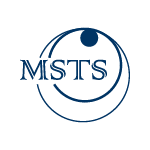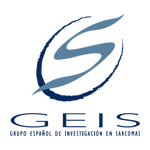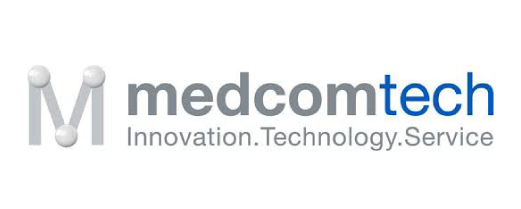Auspice
SPONSORS
About the course
THE COURSE
The Course is based on the precepts established by its founder Dr. Henry J. Mankin and is supported by the MSTS (Musculoskeletal Tumor Society), ISOLS (International Society Of Limb Salvage) and EMSOS (European MusculoSkeletal Oncology Society).
The course offers to all multidisciplinary sarcoma team greater knowledge of the scientific basis of musculoskeletal pathology, in which the roles of the orthopaedic surgeon, pathologist and radiologist
overlap. This is complemented by the range of diferent treatment options, both general (medical oncology) and local (orthopaedic oncology surgery, radiation oncology and reconstructive and reparative surgery.

Dr. Henry Mankin
In loving memory of Dr. Henry Mankin. You will remain in all your disciples' and patients' hearts. Thank you for all you did for us. We will keep passing on all the knowledge you left to us.
EDUCATIONAL CREDITS
We are thrilled to announce that the 10th Multidisciplinary Bone and Soft Tissue Tumors Madrid Course, scheduled for February 26-28, 2025, has officially been accredited by the European Accreditation Council for Continuing Medical Education (EACCME®)!
💡 What this means for you:
- Earn up to 23.5 European CME credits (ECMEC®s) for attending the course.
- Convert credits to AMA PRA Category 1 Credits™ through the American Medical Association.
- Engage with leading international experts in orthopedics, oncology, and pathology.

Faculty
-
 Eduardo José Ortiz Cruz SPAIN
Eduardo José Ortiz Cruz SPAIN -
 Mark C. Gebhardt USA
Mark C. Gebhardt USA -
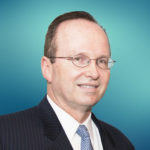 Francis J. Hornicek USA
Francis J. Hornicek USA -
 Joseph Benevenia USA
Joseph Benevenia USA -
 Marc. H. Isler Canada
Marc. H. Isler Canada -
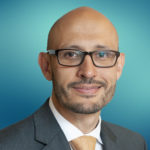 Santiago L. Calderón USA
Santiago L. Calderón USA -
 Petur Nielsen USA
Petur Nielsen USA -
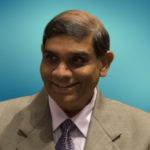 Shreyaskumar Patel USA
Shreyaskumar Patel USA -
 Andrew E. Rosenberg USA
Andrew E. Rosenberg USA -
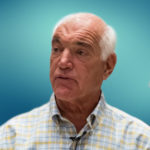 Alan L. Schiller USA
Alan L. Schiller USA -
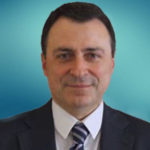 Pietro Ruggieri ITALY
Pietro Ruggieri ITALY -
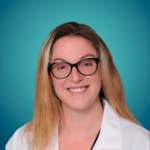 Brooke Crawford USA
Brooke Crawford USA -
 Michiel Van De Sande Netherlands
Michiel Van De Sande Netherlands -
 Lee Jeys UK
Lee Jeys UK -
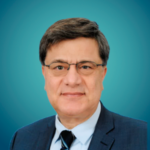 Panayiotis J. Papagelopoulos Greece
Panayiotis J. Papagelopoulos Greece -
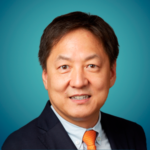 Francis Y. Lee USA
Francis Y. Lee USA -
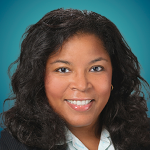 Valerae O. Lewis USA
Valerae O. Lewis USA
The Programme for 2025
BSTT 2025 It will be very good y really SPECTACULAR, it will continue with the same multidisciplinary methodology, from the bases of tumors to surgery.
We have expanded to more multidisciplinary and interactive clinical cases and new outstanding guest faculty.
As always the course maintains the precepts established by its founder, Dr. Henry J. Mankin.
The course offers the entire multidisciplinary sarcoma team greater knowledge of the scientific bases of musculoskeletal pathology, in which the functions of the orthopedic oncological surgeon, pathologist and radiologist overlap. This is complemented by the different treatment options, both general (medical oncology) and local (orthopedic oncological surgery, radiation oncology and reconstructive and reconstructive surgery).
The first day we're starting with the bases of musculoskeletal tumors, from the histological, biological, molecular and radiological point of view. Then we continue with the multidisciplinary approach and then we begin with the description of the most frequent BONE TUMORS.
Learn moreThe second day, we continue with the description of the most frequent bone tumors, but already on this day medical oncology is joined to offer its vision Systemic Treatment of Round Cell Sarcomas and Osteosarcoma and intercalated with the dynamic presentation of clinical cases from the multidisciplinary point of view.
Then in the afternoon, the study of soft tissue sarcomas is introduced in the course, from the point of view of the state of the art classification, diagnosis and radiological follow-up and its local treatments (surgery and radiotherapy) and medical oncology treatments and complemented with new dynamic presentation of clinical cases.
In the afternoon after the lunch / workshop, we began with the dynamic presentation of clinical cases from the multidisciplinary point of view. Then the description of the local treatments (surgery and radiotherapy) begins.
The third day it is a surgical morning, with types of resections, reconstructions, navigation and all the state of the art of oncological orthopedic surgery and obviously with the treatment of metastases.
Learn more

